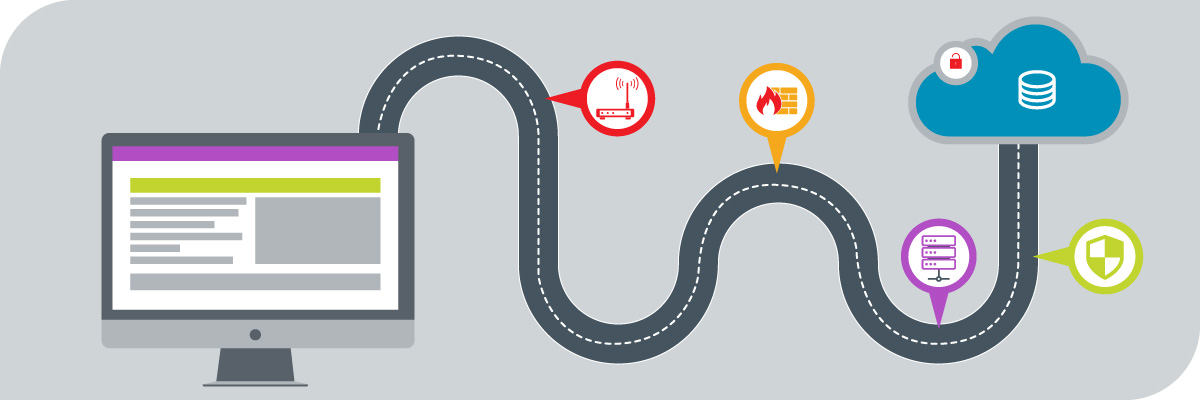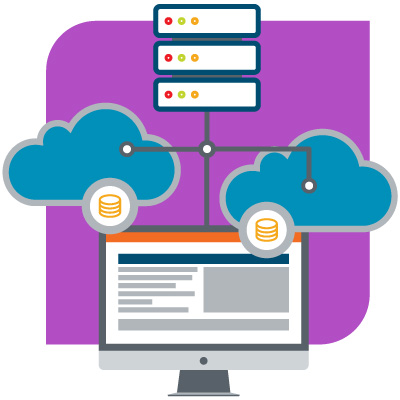Where to Park Your Data: A Roadmap for Cloud Storage Requirements
Storage technologies change all the time. Because performance is so vital, your choice for cloud storage will largely determine the overall performance of your cloud technology. Choose wisely! Here’s a basic rundown of what you need to know to select
cloud storage.

Where to Park? Protecting Your Cloud Storage
One of the key benefits of cloud technology is the large amount of storage and redundancy available. Many cloud storage protection features must be purchased, while others are automatically applied when particular options or cloud storage tiers are purchased.
Most cloud storage protection options involve replication, either within the same data center or to a separate physical location. Replication protects your data in the event of a hardware failure or data center disaster.
Common Cloud Storage Replication Options
- Local Replication: Replication of data within a single data center in the same region of your cloud storage account. Data is stored in separate fault domains and upgrade domains.
- Regional Replication: Also referred to as zone-redundant storage. Replicates your data across more than one data center within one or two regions. Protects data in the event of a failure at a single data center.
- Geo-Redundant Storage (GRS): Replicates data to a distant region from your original cloud storage. Safeguards data from regional disaster or outages.

Traveling with Friends? Asynchronous and Synchronous Cloud Storage Replication
Replication is the process of copying data and database objects to a different database. Asynchronous and synchronous refers to how your cloud storage replication is written.
- Synchronous Replication: Writes data to all of your cloud storage simultaneously, giving you the same data at every redundancy.
- Asynchronous Replication: Writes data to your primary cloud storage location first, then copies data to replicas at scheduled intervals.
Travel Tip: Synchronous replication isn’t optimal for cloud storage that requires accuracy of data in multiple locations, such as with product inventories that are accessed in different regions. Many geo-redundant replication services
rely on asynchronous replication due to geographical distances.

Check Your Mirrors: Cloud Storage Mirroring
Mirroring of your cloud storage involves copying data to a remote network of servers used by the cloud. Unlike replication, mirroring involves creating a copy of a database in a separate location. With this cloud storage option, you gain necessary redundancy
to reduce your vulnerability to data loss by making use of multiple clouds, providing a layered defense against data loss.

Guided by GPS: Snapshots and Clones of Cloud Storage
Other cloud storage options involve snapshotting and cloning.
- Snapshots: A back-up option that involves taking an initial data picture and then subsequent images, storing them together to provide an overall picture of your cloud storage solution. Often used as part of a rollback/roll forward
scenario during app development.
- Clones: A complete copy of a virtual machine or cloud storage environment. Tends to be used for configuration backup and rapid deployment.

Plan Your Route: Basic Tips for Determining Your Cloud Storage Requirements
To figure out what your cloud storage requirements are, follow these guidelines:
- Review IOPS ratings for any cloud storage option you are considering.
- Consult your CSP for default options of high availability or regional protection of your cloud storage.
- Test for any lags or business delays if you are using asynchronous replication.
- Analyze each application based on necessity and usage to determine cloud storage needs.
- Determine how snapshotting and cloning can support how you backup your cloud storage.

Be a Cloud Connoisseur with CompTIA Cloud+
Looking to show off your cloud expertise? Check out the vendor-neutral CompTIA Cloud+ IT certification. CompTIA Cloud+ validates the skills you need to configure, optimize and manage your cloud storage needs. Download the exam objectives to learn more.
Read More About CompTIA Cloud+ and Working in the Cloud





